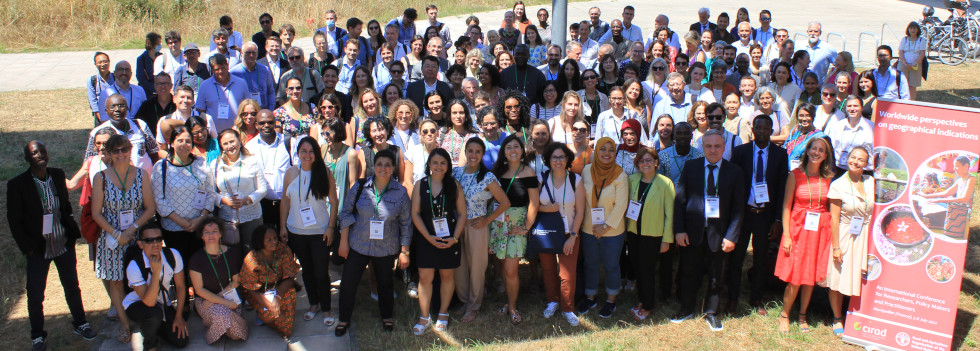
Cette conférence internationale a été organisée conjointement par l’Organisation des Nations Unies pour l’alimentation et l’agriculture (FAO) et le Centre de coopération internationale en recherche agronomique pour le développement (CIRAD) pour discuter des recherches les plus récentes et des pratiques de mise en œuvre des indications géographiques (IG) dans le monde.
Elle a rassembléplus de 200 chercheurs, producteurs et leurs organisations collectives, autorités publiques, ainsi qu'organisations internationales en provenance de 47 pays et représentant l’ensemble des régions du monde : Europe, Asie/Océanie, Afrique, Amérique du Sud et du Nord.
Quelques-uns des thèmes qui ont alimenté les débats: nature et définition juridique, gestion publique et privée, impacts sur le marché et en dehors du marché, développement durable, y compris les dimensions sociales et la protection de la biodiversité et de l'environnement, relations avec d'autres droits de propriété intellectuelle, engagement avec d'autres formes formelles et informelles d'élaboration de normes, bien-être des consommateurs, politiques de concurrence, innovation technique et effet terroir, organisation collective et collaboration, participation et renforcement des acteurs locaux.
Alors que le concept d’IG a été considérablement internationalisé par l’Accord sur les Aspects de droits de propriété intellectuelle qui touchent au commerce (APDIC) et alors que l'Acte de Genève de l’Arrangement de Lisbonne de l’Organisation mondiale de la propriété intellectuelle (OMPI) pour leur enregistrement international est récemment entré en vigueur, cette conférence a permis d’identifier les perspectives d’évolution au niveau national, régional, international et d’apporter des idées nouvelles comme source d’inspiration créatrice.
 Chargement...
Chargement...